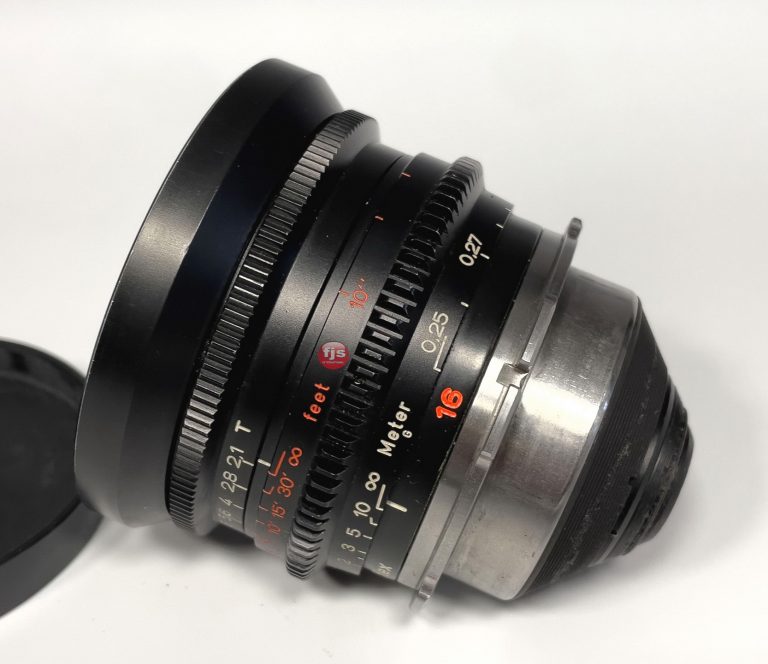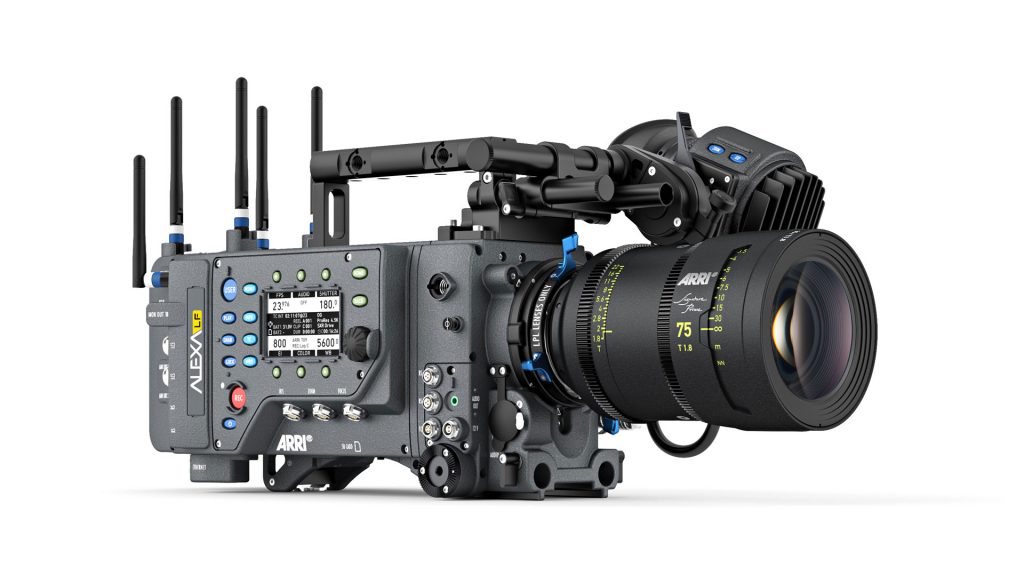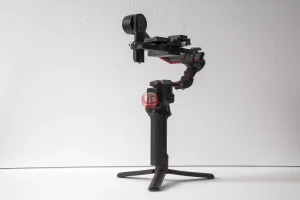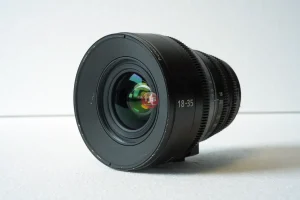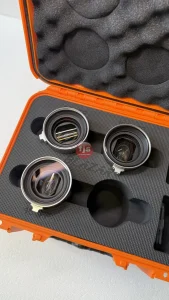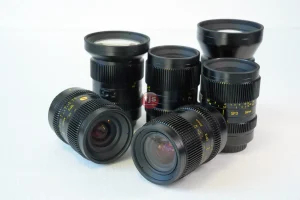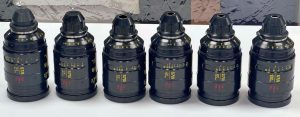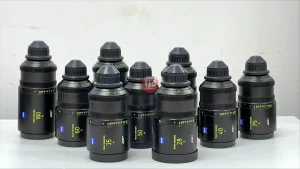The ARRI Lens Data System (LDS) is a sophisticated technology that captures and transmits real-time lens data, offering unparalleled efficiency on set and in post-production. It is an integral part of ARRI’s Electronic Control System (ECS), which streamlines camera and lens operations.
Key Features and Benefits
The LDS is important because it automates many complex tasks and provides crucial information that was previously handled manually. Its primary function is to collect and transfer detailed lens metadata to the camera, which is then embedded into the recorded video files. This creates a powerful synergy between the camera and lens, greatly enhancing the filmmaking process.
Features:
- Real-time Data Transmission: LDS-equipped lenses have internal encoders on their focus, iris, and zoom rings that constantly send positional data to the camera. This ensures that every adjustment is precisely and immediately recorded.
- Automatic Lens Recognition: The system can automatically identify the attached lens, including its type, focal length, and serial number. This eliminates the need for manual data entry, saving significant time during a lens change.
- Integrated PL-LDS Mount: The electronic contacts in the mount allow for seamless data transfer without additional cables, reducing the risk of a messy camera setup and potential connection failures.
- Depth of Field Display: The system can calculate and display the current depth of field on a camera-mounted monitor or remote hand unit, providing the camera crew with real-time visual feedback to ensure critical focus.
- Wireless Control Integration: It works in tandem with ARRI’s wireless hand units, such as the WCU-4, allowing focus pullers to monitor and control the lens from a distance with extreme accuracy and reliability.
Benefits:
- Increased On-Set Efficiency: The automatic data capture saves valuable time for the camera crew, especially the focus puller. It simplifies tasks like lens changes and manual measurements, allowing for a faster-paced production environment.
- Streamlined Post-Production Workflow: The embedded metadata is a game-changer for visual effects (VFX) and post-production. It provides animators and artists with precise lens information (like focal distance, aperture, and distortion data) that is critical for matching 3D elements and virtual environments to the live-action footage.
- Enhanced Focus Accuracy: The ability to display real-time depth of field helps the camera crew ensure subjects are in sharp focus, even in challenging shooting conditions or with narrow depth of field.
- Simplified Technical Operations: The system allows for features like focus mapping, where a lens’s focus scale can be mapped to a different scale on a hand unit, or even to a specific set of pre-marked rings, providing customized control for different shots.
Questions and Answers
Q: Can the ARRI LDS work with non-LDS lenses?
A: Yes, it can. The ARRI system includes a feature called the Lens Data Archive (LDA), which allows non-LDS lenses to be “programmed” into the system by manually mapping their focus, iris, and zoom scales. External lens encoders can also be used to generate the necessary data for the camera.
Q: How does the LDS system benefit visual effects work?
A: The LDS embeds crucial metadata like focus distance, T-stop, and focal length directly into the camera files (e.g., ARRIRAW). This eliminates the need for manual measurements on set and provides VFX artists with the exact data needed to precisely match digital assets to the live-action plate, saving significant time and money in the post-production pipeline.
Conclusion
In conclusion, the ARRI Lens Data System is more than just a convenience; it’s a fundamental technological advancement in digital cinematography. By creating a direct, intelligent link between the lens and the camera, it not only optimizes on-set efficiency and accuracy but also provides an indispensable foundation for the modern, data-driven post-production workflow. Its ability to simplify complex tasks and provide essential metadata elevates the entire filmmaking process from capture to final delivery.

